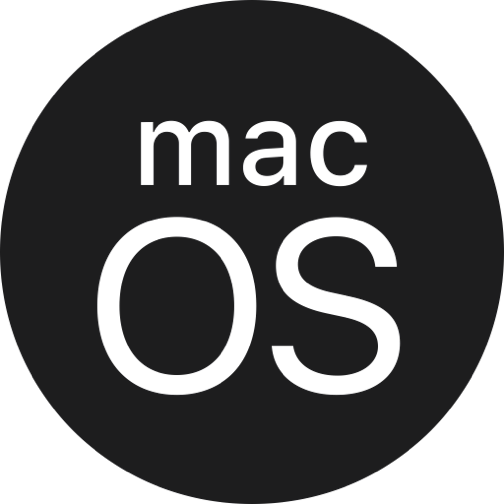Issue 60
Sponsored
Enjoy the fastest Apple Silicon chips at a fixed monthly price — fully managed so you can focus on shipping great code. Get an additional 50% off your first month with code IOSCI50OFF — exclusively for subscribers. Start your free 10-day trial now.
💸 The new Advanced Commerce API 💸
Before we dive in, I want to take a brief moment to celebrate a new milestone: this is the 60th issue of the iOS CI Newsletter! Thank you so much for your continued support and for helping me reach this achievement. Here’s to many more! ❤️
Now, let’s get into this issue’s content. As you may know, Apple launched the Advanced Commerce API this week —a brand-new framework that enables developers to offer and manage large collections of in-app purchases and subscriptions for their users.
You might be wondering, what’s new here? Didn’t we already have ways to manage in-app purchases and subscriptions through StoreKit and App Store Connect?
At first, the changes weren’t immediately clear to me either. It wasn’t until I read the What you need to know about Apple’s Advanced Commerce API article by David Barnard on the RevenueCat blog that I truly grasped how powerful this new API can be for specific use cases. But what are these use cases? Can your app make use of this new API?
In my view, and as the article highlights, this new framework shines in content-based apps, where authors or creators can set up their unlockables and price them as they see fit. This type of business model requires managing an extremely large number of purchases and subscriptions that are editable by users, which was not easily achievable until now.
This new API also opens the door to more complex business models that were impossible out of the box with traditional Apple subscription models.
Make sure you check out the official documentation as it might inspire you to find new monetisation strategies for your app.
CI/CD providers latest software versions
Latest available Xcode and macOS versions on popular mobile CI/CD providers.


16.2 (16C5032a)

15.3 (24D60)


16.2 (16C5032a)

15.2 (24C101)


16.2 (16C5032a)

15.2 (24C101)


16.2 (16C5032a)

15.2 (24C101)


16.2 (16C5032a)

14.6


16.2 (16C5032a)

14.6.1 (23G93)


15.4 (15F31d)

14.6.1 (23G93)


16.0 (16A242d)

14.5 (23F79)
😱 Your app might be removed from the EU App Store
In Issue #53 of the newsletter, I mentioned that Apple was implementing changes to apps available in the European Union to comply with the Digital Services Act. One of these changes requires developers to declare their trader status to keep their apps available in the European Union’s App Stores.
This requirement will take full effect on February 17th. Starting on this date, any app without a declared and verified trader status will be removed from the App Store in the European Union until the status is provided and approved. If you haven’t addressed this yet, act NOW!
📦 The Tuist Swift Package Manager Registry
Since I started using Swift Package Manager as my dependency manager of choice for Apple platform apps, I’ve been hoping for a registry-based solution that allows developers to download source archives of dependencies instead of cloning entire repositories. Not only does this approach improve performance, but it also mitigates some potential security risks.
Although Package Registry standard has been around for some time, this registry built by Tuist is the first fully-fledged solution I’ve seen that’s ready to use right away.
🌳 How to use Git Flow as your branching strategy
Do you work in a team and often struggle with merge conflicts or determining if your development branch is production-ready? Do you not have a clear branching strategy for your repository?
If these challenges sound familiar, you should check out this article by Chase!
👨✈️ Give Copilot context about your repository
GitHub has just improved the Copilot chat experience by allowing developers to provide specific context about a repository, making the chat in Visual Studio Code or Github.com more useful and tailored to the repository’s needs.
To set this up, simply follow the instructions in the announcement post and create a configuration file where you define the context for Copilot. This file helps Copilot better understand your project, enabling more relevant suggestions and guidance while coding.
Before you go…
Did you know that if you don’t use an App Group to set up Swift Data, your database file might end up in a folder that’s shared with other apps, which can have unexpected consequences? 😱




